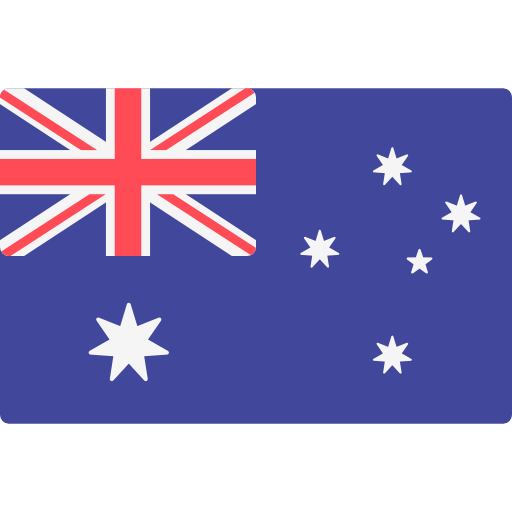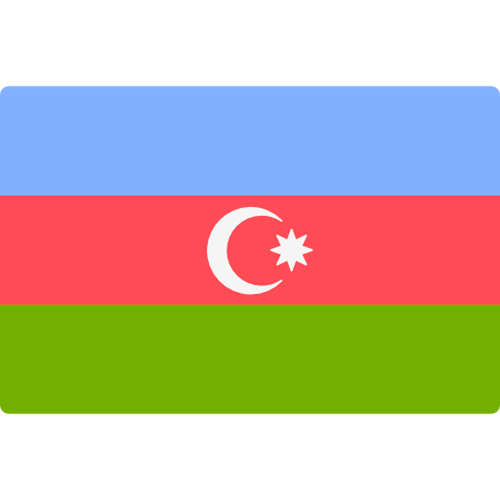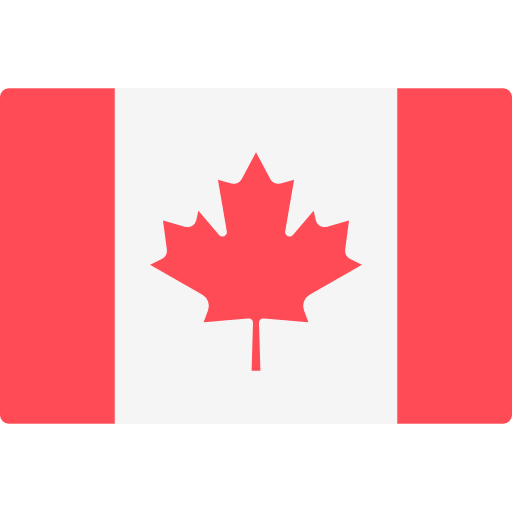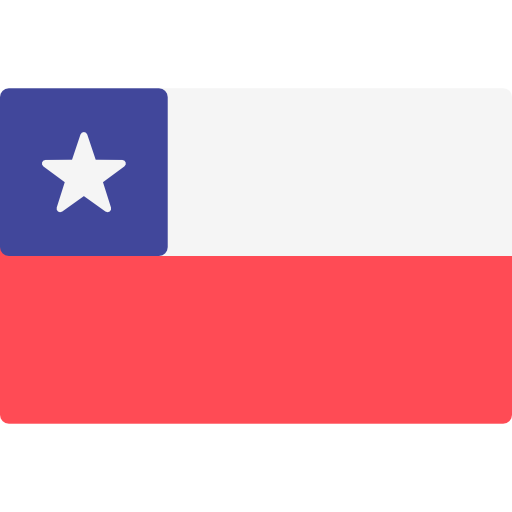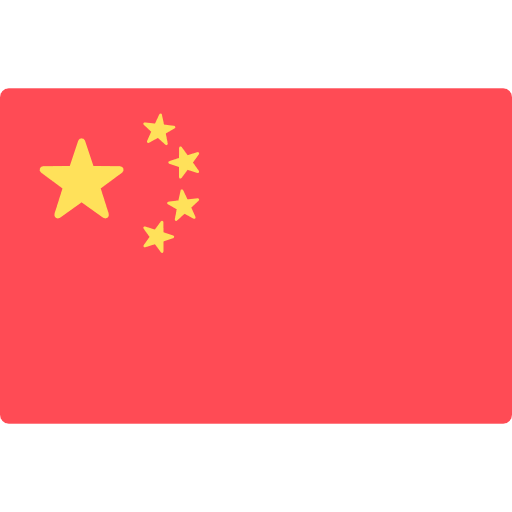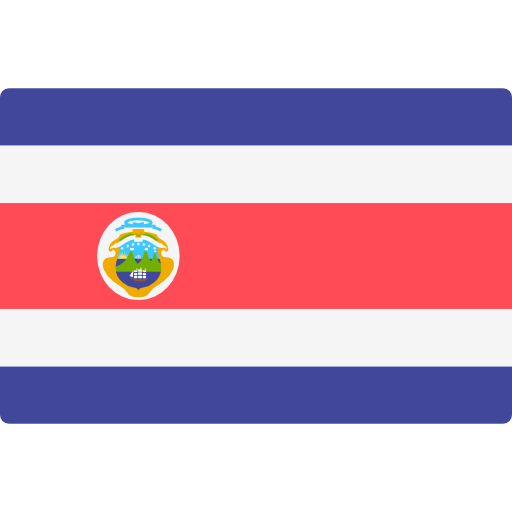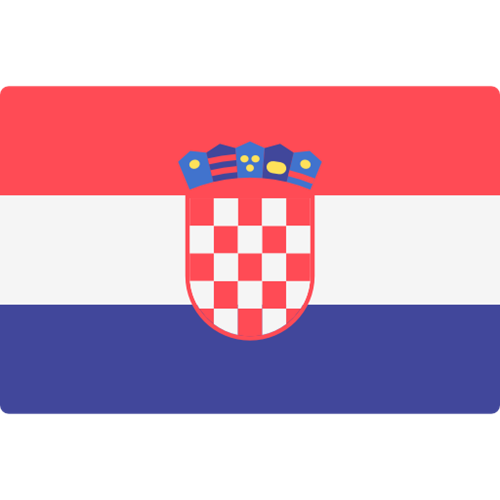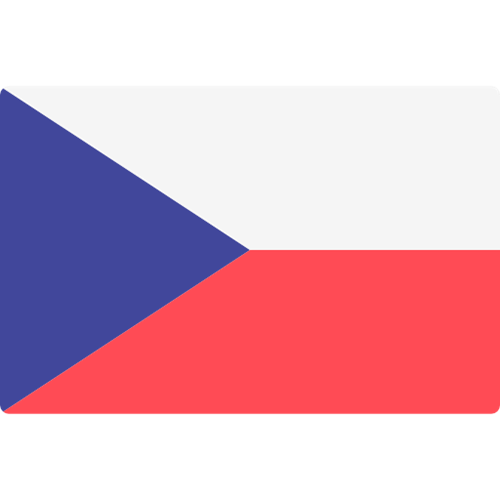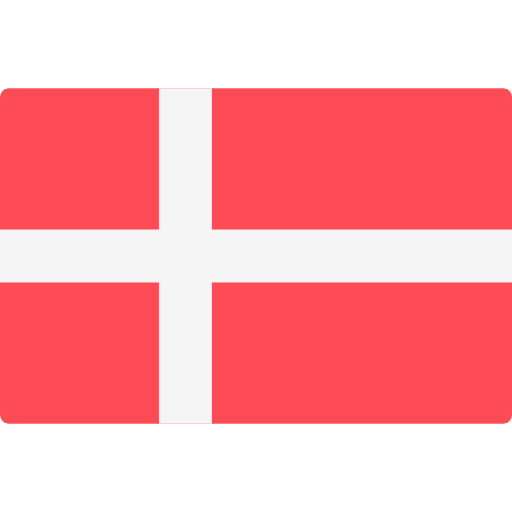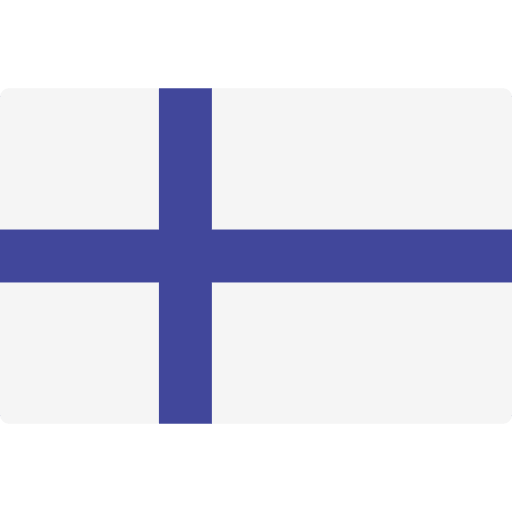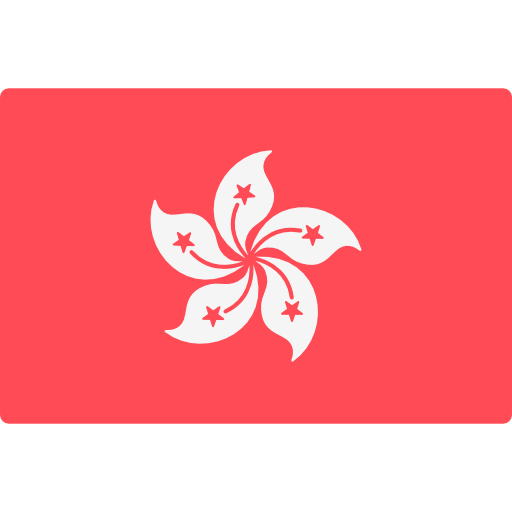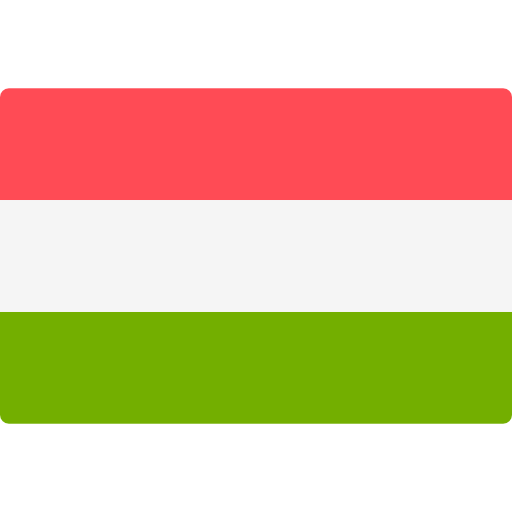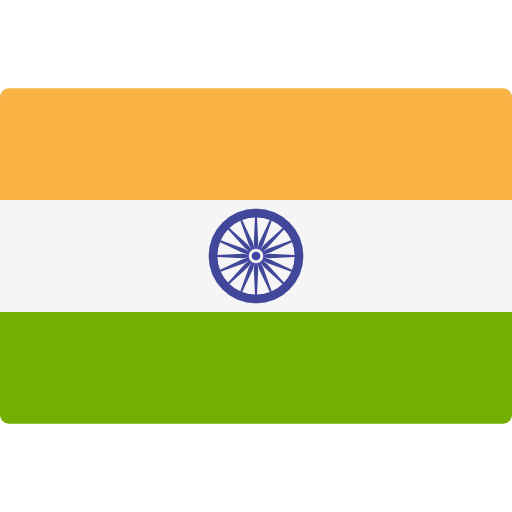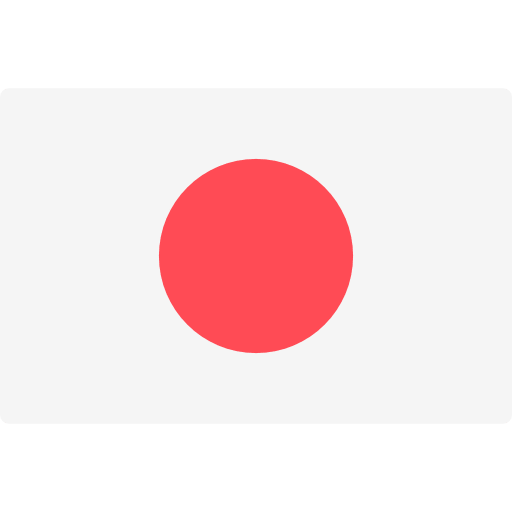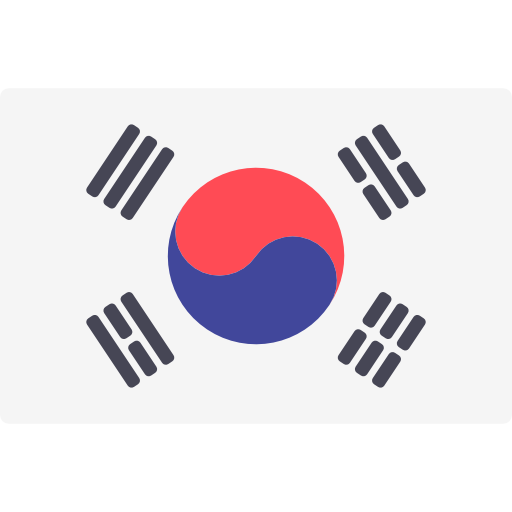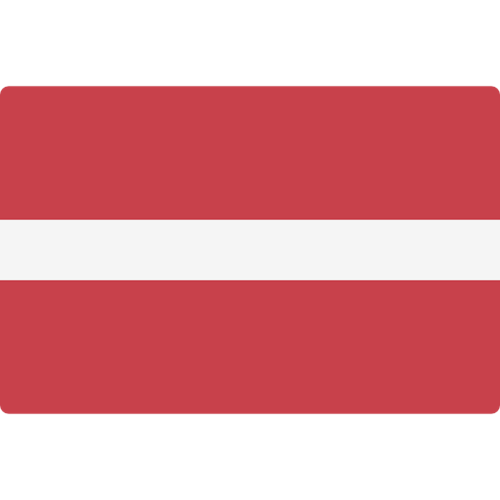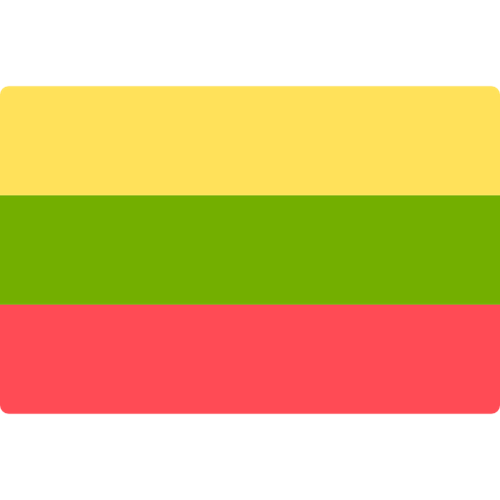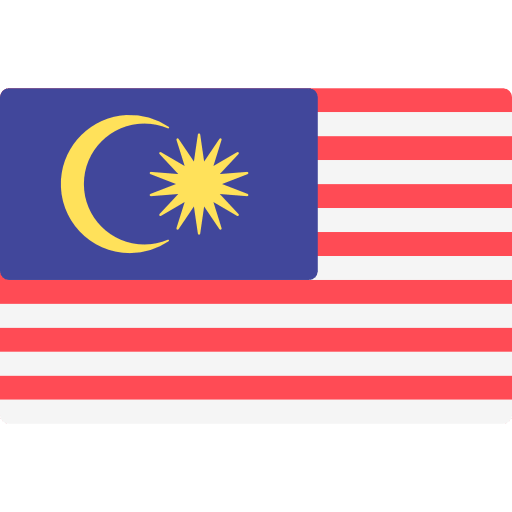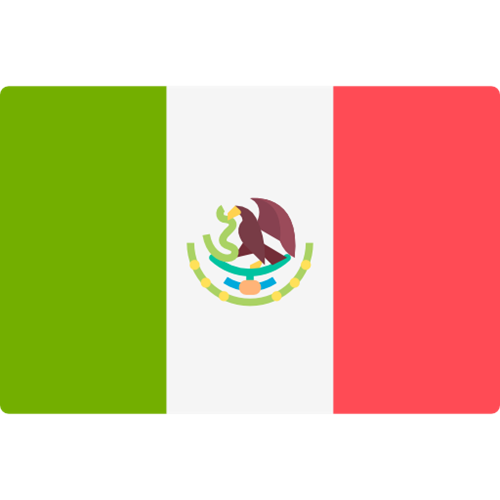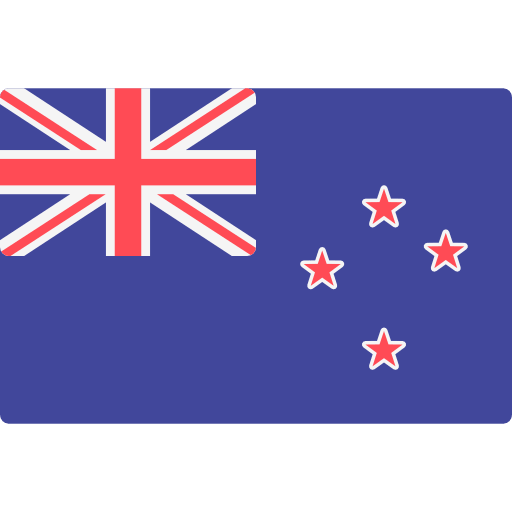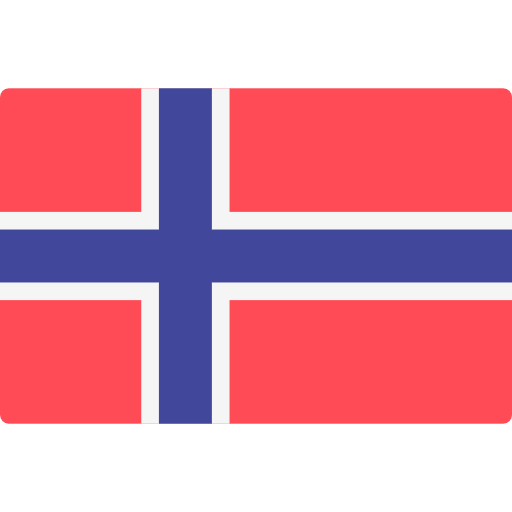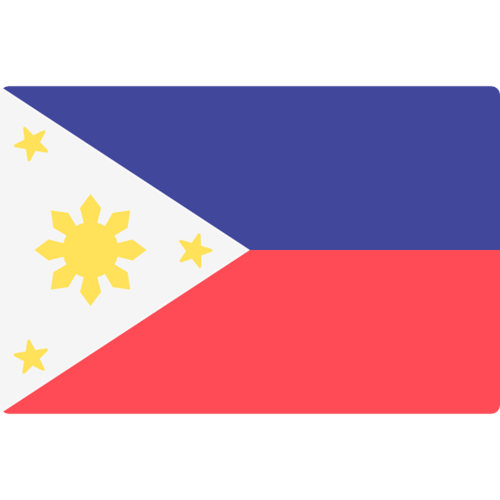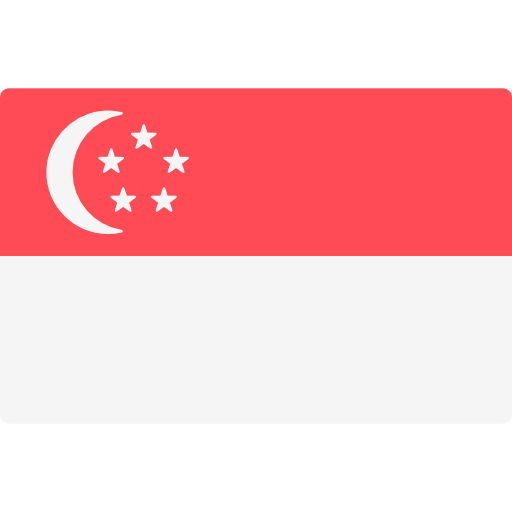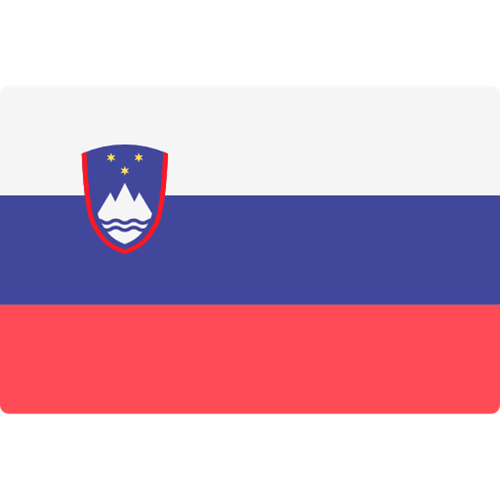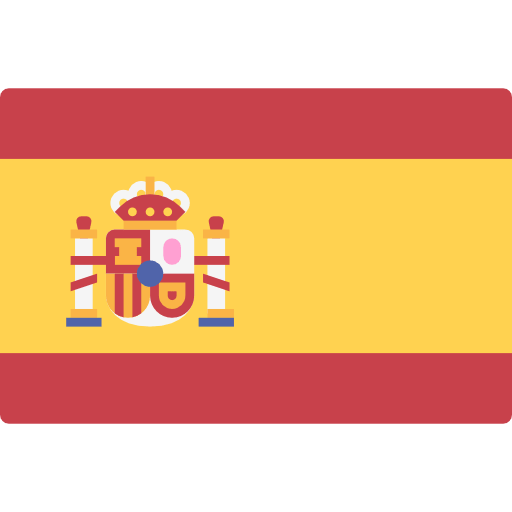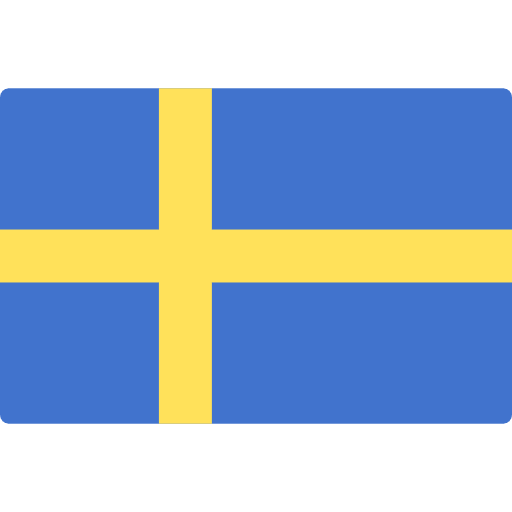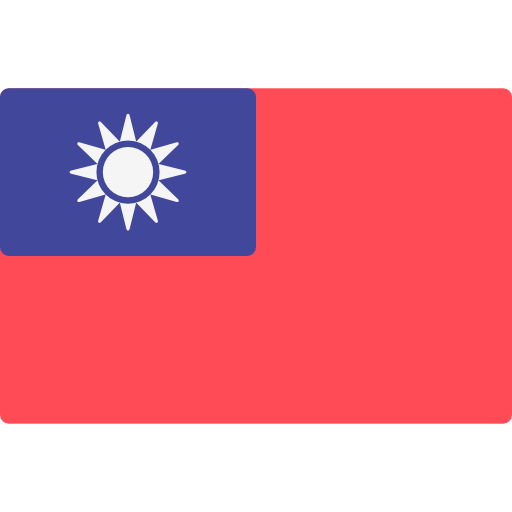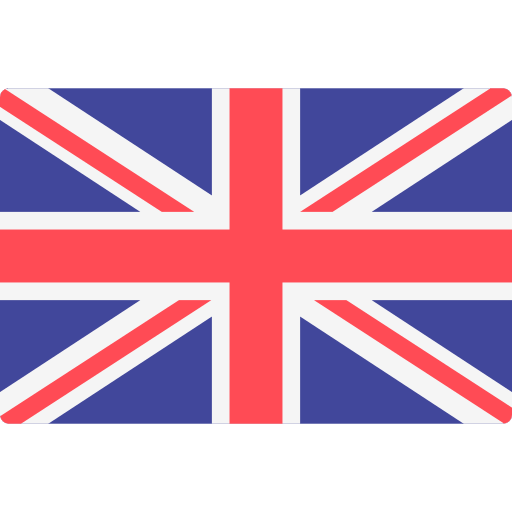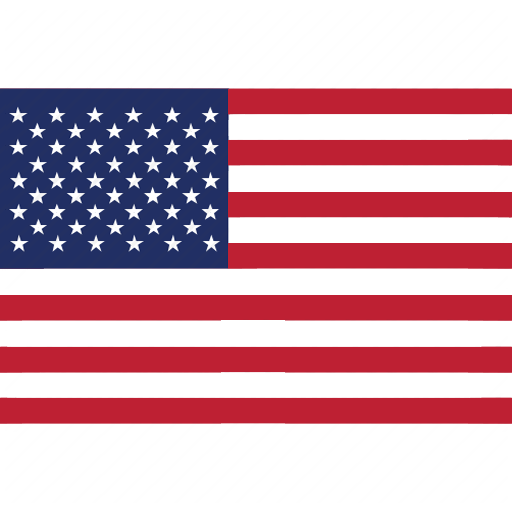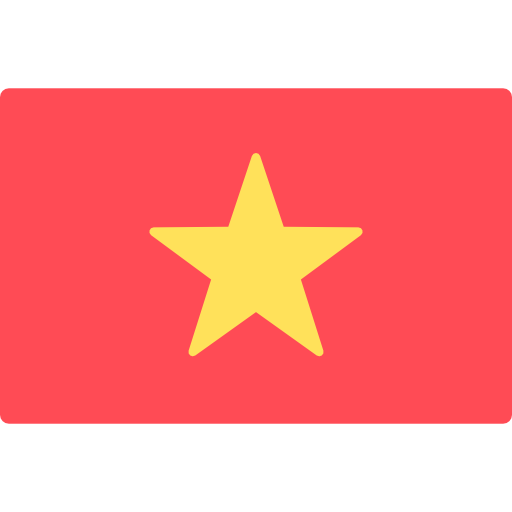Eurofins Softlines & Leather Monthly Bulletin (February 2025)


New European regulation on packaging and packaging waste
On 22 January 2025, the European Commission published Regulation (EU) 2025/40 on packaging and packaging waste, amending Regulation (EU) 2019/1020 and Directive (EU) 2019/904, and repealing Directive 94/62/EC.
Its main objective is to promote a circular economy by establishing packaging requirements such as:
- New objectives such as a minimum percentage of recycled content in packaging by 2030-2040, reuse of packaging by 2030 and other objectives for 2040.
- Minimising the quantity of packaging through design, weight and volume and avoiding unnecessary packaging.
- Minimising substances of concern, including restricting placing on the market food contact packaging containing per- and polyfluorinated alkyl substances (PFAS) if they exceed certain thresholds.
- Labelling, marking and information requirements to facilitate classification, sorting and choice by consumers.
- New rules introducing restrictions on single-use plastic packaging.
- Harmonising standards across the European Union, removing trade barriers and establishing uniform criteria for packaging design, recyclability, and labelling.
This Regulation shall enter into force on 11 February 2025 and shall apply from 12 August 2026.
For more information, please refer to the official publication on the European Commission website here.
Extended producer responsibility sector for single-use sanitary textiles
On 6 December 2024, the French Minister of Ecological Transition published Decree No. 2024-1166 of 5 December 2024 establishing the extended producer responsibility sector for single-use sanitary textiles.
The decree introduces a new section on single-use sanitary textiles into the Environmental Code so that the extended producer responsibility (EPR) sector for sanitary textiles, provided for by the law of 10 February 2020 on the fight against waste and the circular economy, is fully operational from 1 January 2025.
As of this date, natural or legal persons who place sanitary textiles on the national market will be required to contribute to or provide for the prevention and management of waste resulting from them. The decree specifies the scope of this sector by defining single-use sanitary textiles and the producers covered by these provisions.
Furthermore, on 24 December 2024, the French Minister of Ecological Transition published the order of 20 December 2024 containing the specifications of eco-organisations, individual systems and coordinating organisations of the extended producer responsibility sector for single-use sanitary textiles mentioned in 21° of Article L. 541-10-1 of the Environmental Code and falling under category 1° of III of Article R. 543-360.
This order defines the specifications of eco-organisations, individual systems and coordinating bodies that must contribute to the prevention, collection, and management of waste from single-use sanitary textiles falling under category 1° of III of Article R. 543-360, as well as to the coverage of the costs of cleaning operations for sanitary textile waste abandoned in public spaces, on behalf of the producers of these products.
These publications came into force on 1 January 2025.
By the end of 2024, the Decree covering the environmental cost index (method of calculation, product categories and display requirements) was submitted for public consultation.
The aim is to inform consumers about the environmental impacts of the products or services they consume. A numerical value helps reflect the impact of different products placed on the market. The higher the value, the higher the environmental cost to the planet.
The priority of ADEME and the public authorities is to support the deployment of environmental labelling in the textile sector in 2025. After the consultation phase on the Decree at the end of 2024, the European notification is expected in spring 2025.
The French eco-score for textiles will become mandatory one year after the law comes into force (expected by 2026). At present, the calculation and display of the French eco-score remain voluntary.
For more information, please refer to the following links:
- Texts under consultation: Textes règlementaires fixant les modalités de calcul et de communication du coût environnemental des produits textiles | Consultations publiques
- 2024-11-28_decret-affichage-env_vpourconsultation.docx
- 2024-11-28_arrete-affichage-env_vpourconsultation.docx
Regulatory proposals notified to the WTO
The table below summarises the most recent notifications made to the World Trade Organization (WTO) (non-exhaustive):
|
Notification number |
Countries |
Title |
|
United Kingdom |
Declaration of special measures: Importation of untreated wool and hair of susceptible animals from certain third countries and territories the trade in animals and related products Regulations 2011 (SI 2011/1197); Declaration of special measures: Foot-and-mouth disease importation of untreated wool and hair of susceptible animals from certain third countries and territories the trade in animals and related products (Scotland) Regulations 2012; Declaration of special measures: Importation of untreated wool and hair of foot-and-mouth disease susceptible animals from certain third countries and territories (Wales) the trade in animals and related products (Wales) Regulations 2011 (SI 2011/2379 (W. 252)) |
|
|
Switzerland |
Ordinance on import, transit and export trade in animals and animal products with third countries / Ordinance on import, transit and export trade in animals and animal products with EU Member States, Iceland and Norway and Northern Ireland / Ordinance on the list of countries related to the import of furs and fur products. |
Update on import inspections for consumer products and textiles
On 31 December 2024, the Turkish Ministry of Trade published several communications which affect the import of consumer products. The most affected are:
Products such as pacifiers, feeding bottles, baby care products, stationery, mouse pads, imitation jewellery, wristwatches, swimming seats, disinfectants etc. are inspected by the Turkish Ministry at the import stage in terms of their compliance with the limit values, standards and license requirements specified in the Regulation on the Registration, Evaluation, Authorisation and Restriction of Chemicals for the purpose of protecting human health and the environment.
Some textile, apparel and leather products are inspected by the Turkish Ministry at the import stage in terms of their compliance with the limit values specified in the Regulation on the Registration, Evaluation, Authorisation and Restriction of Chemicals for the purpose of protecting human health and the environment.
Oregon amends Toxic-Free Kids Act
On 20 December 2024, the State of Oregon approved Permanent Administrative Order PH 119-2024 to amend the Toxic-Free Kids Act. The amendment contains the following key revisions:
- Adds the following 10 High Priority Chemicals of Concern for Children’s Health (HPCCCH) to the HPCCCH list, expanding it from 73 entries to 83 entries: (These additions are effective as of 1 January 2025, and will affect biennial notices made for products sold or offered for sale in 2024 and 2025, and beyond)
- Di-(2-methoxyethyl) phthalate (DMEP) (CAS #: 117-82-8)
- Tris (2,3-dibromopropyl) phosphate (TDBPP) (CAS#: 126-72-7)
- Tri-n-butyl phosphate (TNBP) (CAS#: 126-73-8)
- Tetrachloroethene (CAS#: 127-18-4)
- Dipentyl phthalate (DPP) (CAS#: 131-18-0)
- Perfluorooctanoic acid and related substances (PFOA) (CAS#: 335-67-1)
- Tricresyl phosphate (TCP) (CAS#: 1330-78-5)
- Bis (2-ethylhexyl) tetrabromophthalate (TBPH) (CAS#: 26040-51-7)
- Bis(chloromethyl)propane-1,3-diyl tetrakis-(2-chloroethyl) bis(phosphate) (V6) (CAS#: 38051-10-4)
- Isopropylated triphenyl phosphate (IPTPP) (CAS#: 68937-41-7)
- Decabromodiphenyl ethane (DBDPE) (CAS#: 84852-53-9)
- Adds brand name and product model to the list of information required to be reported.
- Changes the deadline of each biennial notice period from December 31st to January 31st.
- Validates an approved or deemed approved Hazard Assessment (HA) for a period of 3 years after the date of submittal and requires the manufacturer to resubmit a HA at the end of the 3-year period.
Below you will find a monthly summary of product recalls and alerts in Europe (Source “Safety Gate (RAPEX)”) and the U.S. (Source “CPSC”).
Safety Gate (RAPEX) (European Commission Rapid Alert System for dangerous non-food products – Alerts reported by EU national authorities)
The following 7 alerts regarding clothing, textile and fashion items were reported between week 51 of 2024 and week 3 of 2025.
|
Type of Risk |
Number of alerts |
Notes |
|
|
|
Poncho |
|
|
Rain boots |
|
|
|
|
Children's skirt |
|
|
Children's trousers |
|
|
|
|
Children's clothing set |
|
|
Children's sweatshirt |
From 26 December 2024 to 30 January 2025, the CPSC (Consumer Product Safety Commission) published the following recalls: 3 recalls of textile & leather products
|
Hazard |
Number of alerts |
Notes |
|
|
|
Children’s pyjamas |

